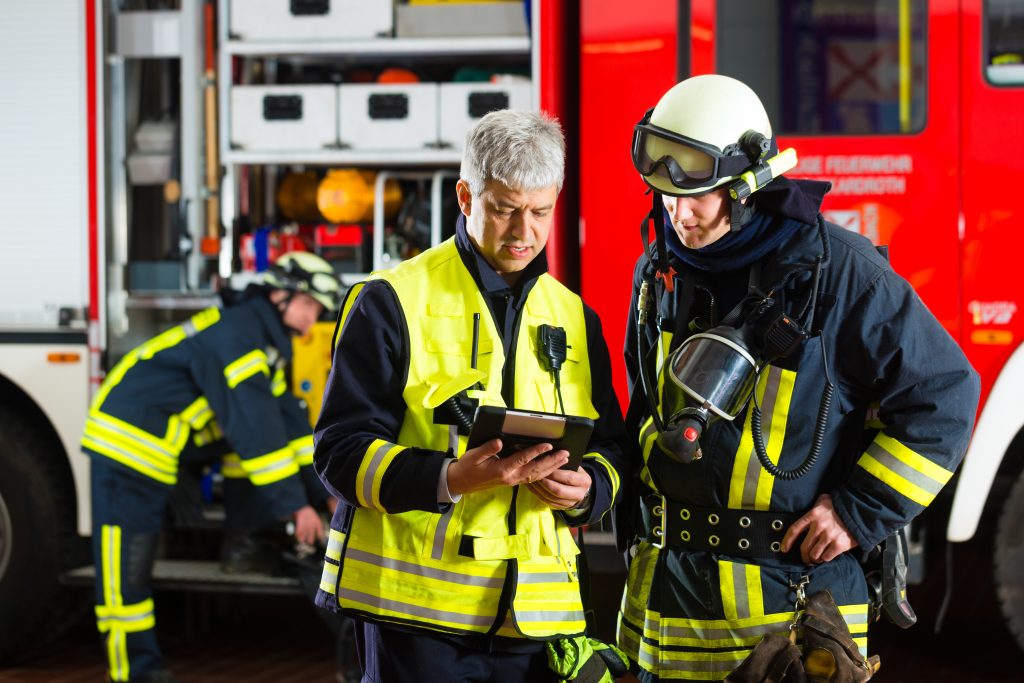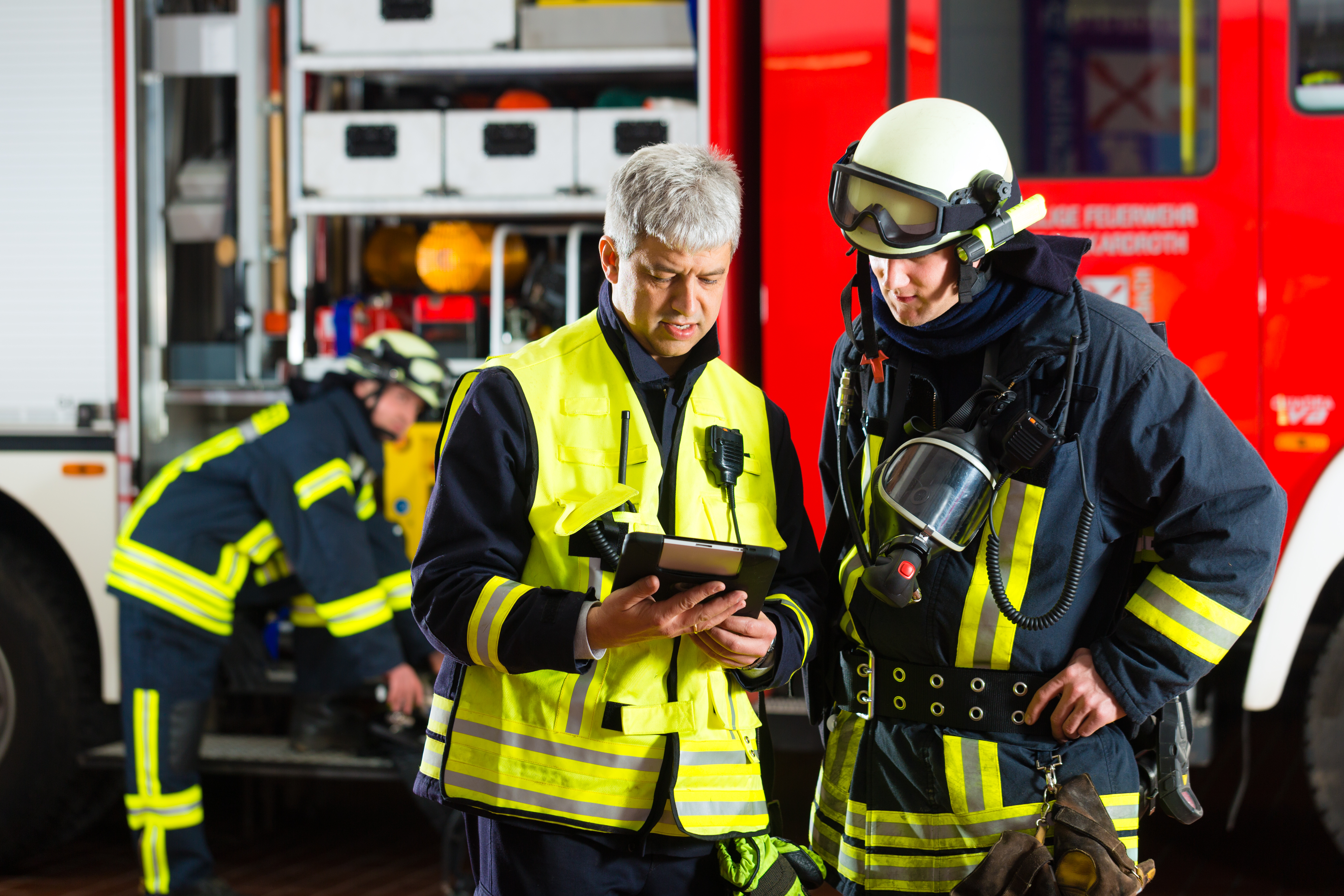
Cedar Rapids Fire Department: How Data Analysis Helps Their Citizens

We sat down with Chief Andrew Olesen of the Cedar Rapids, IA Fire Department to discuss the importance of data to his operations and the impact to their citizens. Chief Olesen uses a records management software (RMS) called Emergency Reporting to track and analyze important fire incident and patient care data.
Tell us a little about Cedar Rapids and how you interact with your community.
Cedar Rapids is the second largest city in Iowa, and our department serves over 130,000 people. Our fire department consists of nine fire stations with 145 employees, who respond to 12,500 incidents a year.
What challenges led you to look for a solution like Emergency Reporting?
The State of Iowa changed data requirements for all services that provide emergency medical services, and we needed a compliant solution. NEMSIS, the National Emergency Medical Services Information System, is a universal standard for patient care information resulting from a call to 9-1-1 is collected. This requirement was the primary driver.
We’ve always been a data-driven organization, but the data collected wasn’t always at the level we would have liked due to the legacy reporting system we had used for the past 15 years or so. The system was hosted on-premises and needed to be installed and maintained on each machine. We had a limited number of users who could be on the system at the same time. We had an issue with data quality and integrity and spent a lot of time doing QA to ensure it was accurate. We were the complete opposite of cloud-based.
We needed a stronger Records Management System (RMS) that would also enable us to share data and analysis across organizations, with the City Council and other agencies, as well as with the public. We want the community to be able to track what’s going on in their neighborhoods and engage with the fire department.
What benefits are you seeing at both the Fire Department level and in how you can better help your community?
Incident documentation has improved, we have a better handle on report completion, and we’re tracking information related to emergency incidents that we couldn’t before. Our Permit System has seen the most remarkable improvement – we went from all paper to a fully digitized electronic record. All information is available to all employees at any time. That’s the power of the secure cloud. Employees like it, because they can log in and do their reports from the truck or on the scene of the incident, which saves them time and reduces errors that were occurring from time lapse between the incident and reporting.
What I’m most excited about is the risk assessment portion. We are now an accredited agency by Center for Public Safety Excellence. We’re using Emergency Reporting to document standardized risk assessment on the buildings and occupancies in our community. We handle 1000 occupancies a year in pre-planned risk assessment and are able to classify the risks of the buildings in community. The dispatch center has access to read only versions of occupancy files, so they can access emergency contact numbers to call if there is a fire after hours.
We can also now do inspections on-site. We inspect 4500 occupancies every year in Cedar Rapids for permit inspection and construction permits. Capturing data, such as emergency response calls on 9-1-1 as it happens, allows us to upload information to the National Fire Incident Reporting System (NFIRS), including data on buildings, people involved, items first ignited, square footage, and use of the building. If it’s a medical call, we capture patient’s medical evaluation, condition, and history.
Heat mapping and zone capability have been useful to our community. They can see what’s it like in their area of the community in four geographic planning zones to see how the fire department performs in those areas and what sorts of incidents are occurring in their neighborhoods.
Another great part of the solution is the pre-fire planning module that includes building familiarizations, where utility shut offs are, sprinkler systems, and the closest fire hydrant. We can then perform risk assessments based on building factors that help us plan for the future.
We understand you have Power BI resources within your organization. How did you decide to take that route, and what benefits are you seeing from having those resources in-house?
The city as a whole has a large infrastructure and takes data seriously. The City Council constantly wants us to talk about why and how we do things and make reportable, data-driven decisions. It is an integral responsibility of government to communicate to the public how they run operations and leverage technology to be more effective.
To that end, our IT department has started to use Power BI in a couple of different places: reporting and notification. What’s exciting about this is the historical reporting can now be reviewed to measure outcomes. Being attuned to what we’re doing and how we do it, allows us to make sure we are performing at the highest levels across all of our departments.
We can now set up notifications that let us know when certain events occur or don’t occur in much closer to real-time, instead of evaluating at the end of month and looking back at all of the data. By identifying trends much more quickly, we can see that when this scenario occurs, we want to address it this way – it helps them make more informed decisions.
What are your technology plans for the future?
We already provide daily reporting and tracking on response times to the public. When there are response times outside of the normal, we can now determine what is causing it. We also have a weekly or monthly report that goes to the City Council to keep them in the loop on issue resolution. The difference now is the way we can display and relate data – data visualization makes it very impactful to the council and what the data means to them.
Leveraging Emergency Reporting and Power BI, we’re planning to develop a customer facing dashboard next. Our time, incident, and medical data is now really tight, and we want to be able to share that.
Read more about Emergency Reporting’s solutions built on Microsoft Azure.
Learn more about Public Safety Digital Transformation by downloading Microsoft’s eBook.




